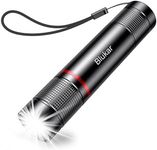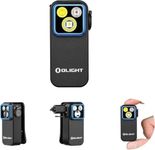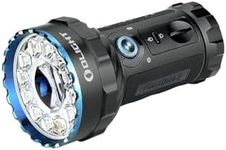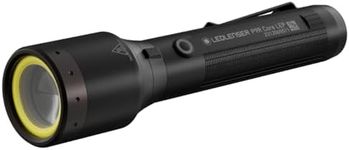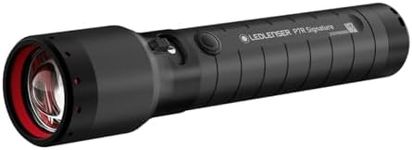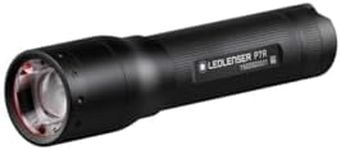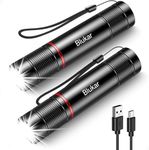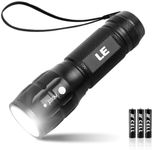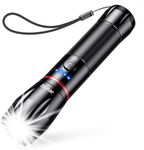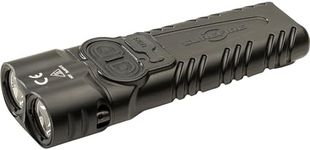Buying Guide for the Best Torches
Choosing the right torch can make a big difference in various situations, whether you're camping, hiking, or dealing with a power outage. The key is to understand the different specifications and how they align with your needs. Here are some important specs to consider when picking a torch.Brightness (Lumens)Brightness is measured in lumens, which indicates the amount of light emitted by the torch. This is important because it determines how well you can see in the dark. Torches with lower lumens (around 20-100) are suitable for close-up tasks like reading or finding things in a tent. Medium lumens (100-300) are good for general use, such as walking at night or lighting up a room. High lumens (300+) are ideal for outdoor activities like hiking or searching in large areas. Choose a torch with brightness that matches your intended use.
Beam DistanceBeam distance refers to how far the light can travel from the torch. This is crucial for activities where you need to see far ahead, like hiking or searching. Short beam distances (up to 50 meters) are fine for indoor use or close-up tasks. Medium beam distances (50-150 meters) are suitable for general outdoor use. Long beam distances (150+ meters) are best for activities requiring long-range visibility. Consider where and how you will use the torch to determine the appropriate beam distance.
Battery LifeBattery life indicates how long the torch can operate before needing a recharge or new batteries. This is important for ensuring your torch lasts through your activities. Short battery life (up to 2 hours) is acceptable for occasional use or emergencies. Medium battery life (2-10 hours) is good for regular use, such as camping or hiking. Long battery life (10+ hours) is ideal for extended trips or frequent use. Think about how long you need the torch to last and choose accordingly.
Size and WeightThe size and weight of a torch affect its portability and ease of use. Smaller, lighter torches are easier to carry and handle, making them suitable for everyday carry or travel. Medium-sized torches offer a balance between portability and performance, ideal for general use. Larger, heavier torches may provide more power and features but can be cumbersome to carry, best for stationary use or when you don't need to carry it for long periods. Consider how and where you'll be using the torch to decide on the right size and weight.
DurabilityDurability refers to how well the torch can withstand rough conditions, such as drops, water exposure, and extreme temperatures. This is important for ensuring the torch remains functional in various environments. Basic durability is fine for indoor use or light outdoor activities. Medium durability, including water resistance and impact resistance, is suitable for regular outdoor use. High durability, with features like waterproofing and rugged construction, is ideal for extreme conditions or professional use. Assess the conditions you'll be using the torch in to choose the right level of durability.
Modes and FeaturesMany torches come with different modes and features, such as adjustable brightness, strobe, SOS signal, and zoomable beams. These can enhance the versatility and functionality of the torch. Basic modes (on/off) are sufficient for simple tasks. Multiple modes (low, medium, high, strobe) offer more flexibility for different situations. Advanced features (zoom, SOS) are useful for specialized needs like signaling for help or focusing the beam. Think about what additional features might be useful for your activities and choose a torch that offers them.
